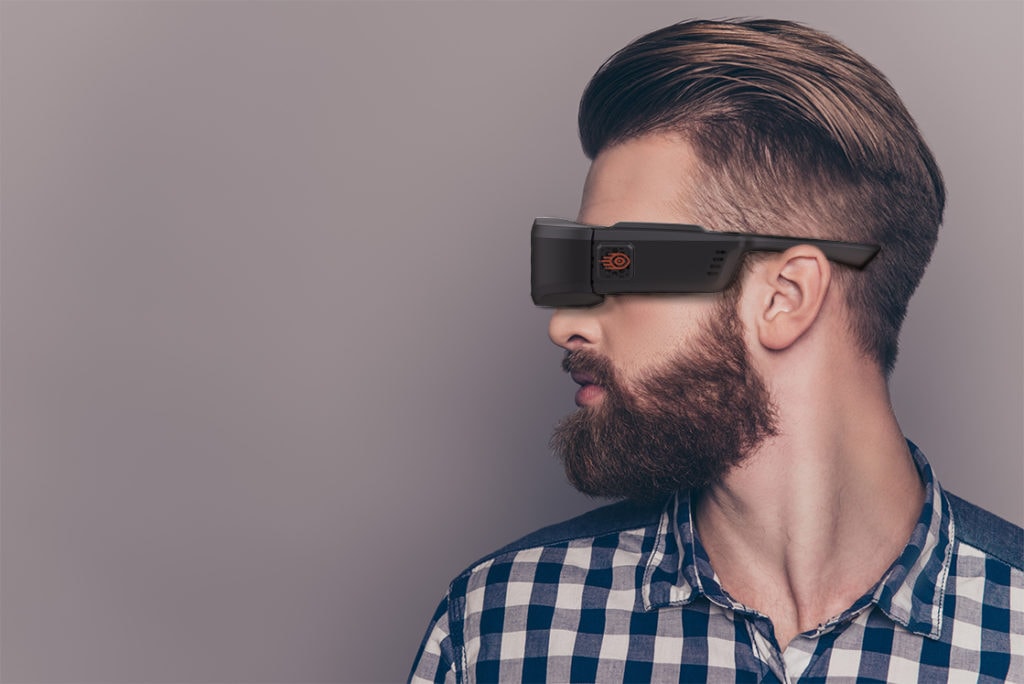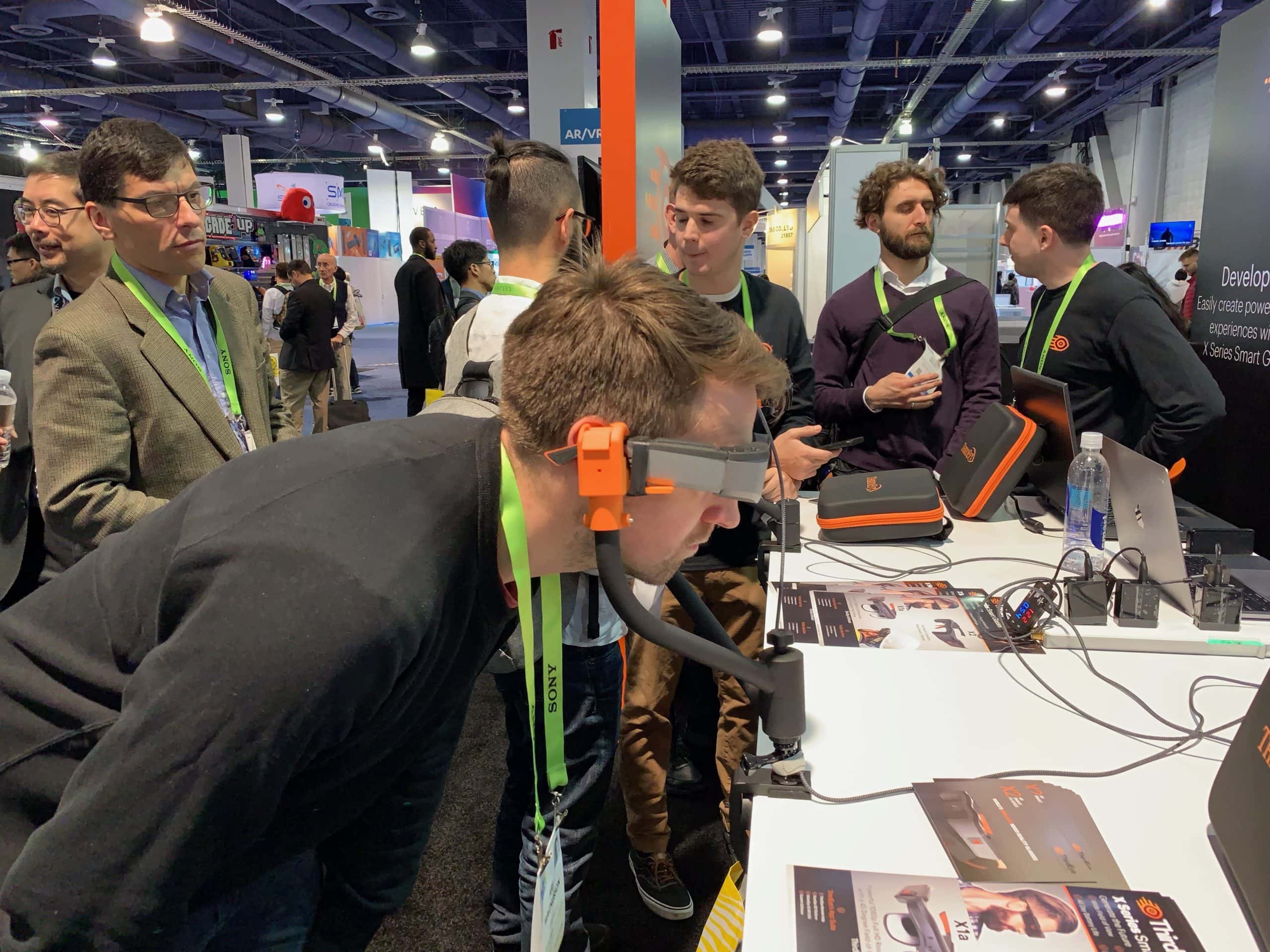CES: ThirdEye Gen Says Its X2 Smart Glasses Will Bring IFE to the “Next Level”
Share

ThirdEye Gen founder Nick Cherukuri told APEX Media at CES why he thinks mixed reality glasses are set to be the “next level” in passenger in-flight entertainment.
ThirdEye Gen unveiled its mixed reality (MR) X2 Smart Glasses on day one at CES 2019. The device weighs just six ounces, offers a 42-degree field of view, high definition resolution, uses an open source Android operating platform and are currently the smallest pair of smart glasses in the world.
Nick Cherukuri, ThirdEye’s founder, spoke to APEX Media at CES and explained why the company thinks smart glasses are set to be the “next level” of passenger in-flight entertainment.
“You could lay back in your seat, watch a 90-inch movie in high definition with your privacy totally intact so the person sitting next to you will have no idea about what you’re watching. You’re not forced to look at a little screen on the seat in front of you,” said Cherukuri. Because of X2’s light weight, ThirdEye Gen says the glasses can be can be worn comfortably for an extended period of time, such as watching a three-hour movie.
ThirdEye Gen was at last year’s APEX EXPO in Boston and has been talking with several airlines who are interested in the product. Because MR smart glasses are a new technology, Cherukuri said the company has had to help airlines understand how it works. “Once they understand it, it’s like a lightbulb goes off and they are like ‘Oh wow this is great for in-flight entertainment,'” Cherukuri said.

Unlike virtual reality headsets, ThirdEye’s X2 smart glasses don’t block out users from their surroundings. “You’re still in the real world, you can still get safety instructions, but you can view it as a 90-inch high-definition screen with your privacy totally intact,” explained Cherukuri. While ThirdEye Gen expects the devices would mainly be used for watching movies in an aircraft cabin setting, it has also developed other IFE-specific apps. “Passengers can look down with the glasses on the airplane floor and see exactly what they’re flying over. If they’re flying over Ohio, they could see it through the floor of the airplane, which is pretty cool, right?”
ThirdEye says the glasses are also an ideal tool to help airlines with aircraft maintenance work and are currently being used by Delta Air Lines for this purpose. “Workers can wear the glasses and get instructions on how to fix parts,” Cherukuri said.
The X2 smart glasses will primarily be sold as a consumer device, but the IFE-specific version, which will look and weigh the same as the consumer product, can be branded by airlines and the UX can also be customized. “We make modifications for airlines in our software, so we restrict the Wi-Fi and add more security layers,” Cherukuri said. “That way passengers can’t take it with them when they leave the airplane.”
Can we expect any announcements about airline customers for the smart glasses in 2019? Yes, said Cherukuri. “We’re going to announce some pretty soon. We’re excited and we’re really passionate about bringing this to airlines.”


